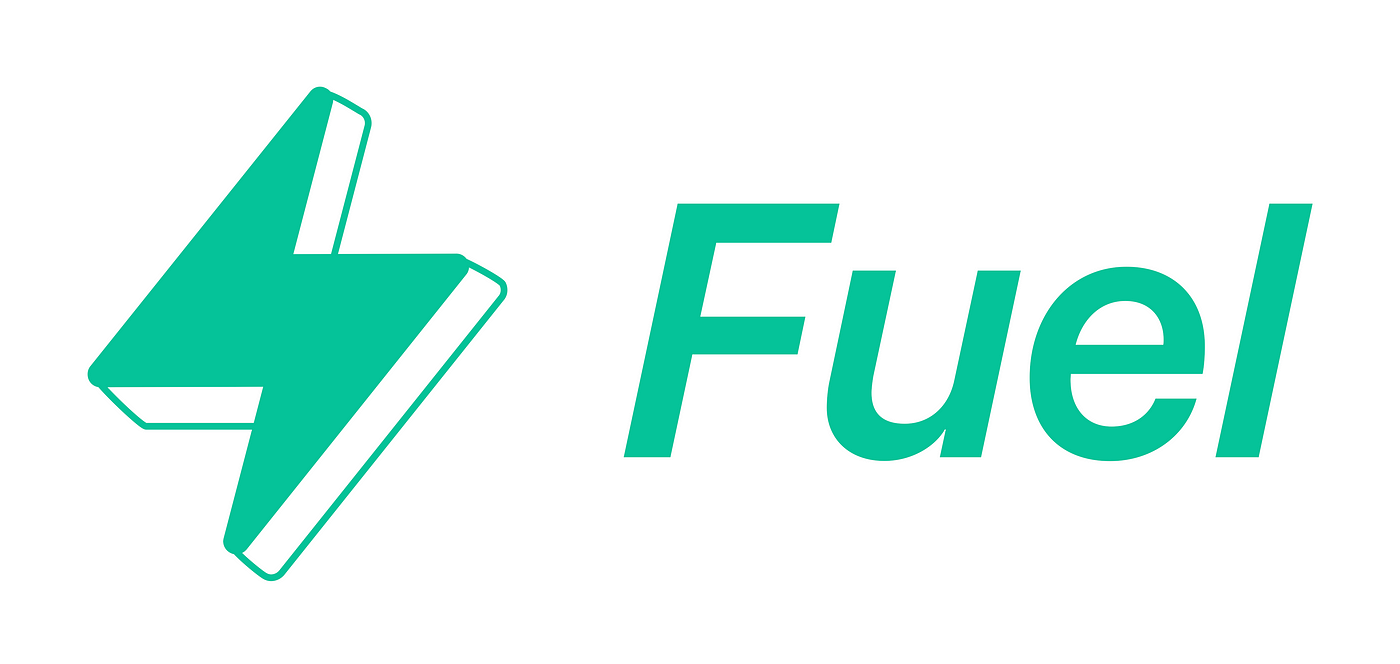
Decentralized Finance (DeFi) has emerged as one of the most transformative applications of blockchain technology, reshaping the financial landscape by providing open access to financial services without the need for traditional intermediaries. Ethereum, as the leading platform for DeFi, has enabled countless innovations in lending, borrowing, trading, and yield farming. However, as the DeFi ecosystem has grown, so have the challenges, primarily concerning scalability, high gas fees, and transaction speeds. Enter Fuel DeFi, a powerful solution that leverages Layer 2 technology to address these issues, making decentralized finance more accessible and efficient than ever.
The Challenge of Scalability in DeFi
Ethereum’s success has come with its fair share of challenges. As more users flocked to DeFi platforms, the Ethereum network experienced congestion, leading to skyrocketing gas fees and slower transaction times. For everyday users and small investors, these barriers made it increasingly difficult to participate in the DeFi ecosystem. High fees deterred many from engaging in activities like trading or lending, while slow transactions created frustrating experiences.
Layer 2 solutions like Fuel are designed to alleviate these issues by processing transactions off the Ethereum mainnet, allowing for faster and cheaper transactions without compromising the security and decentralization that Ethereum provides.
What is Fuel DeFi?
Fuel DeFi is a pioneering project built on top of Ethereum that utilizes Layer 2 scaling solutions to enhance the efficiency of decentralized finance applications. By offloading transactions to a secondary layer, Fuel allows users to enjoy significantly lower fees and faster transaction speeds, making DeFi more user-friendly and accessible to a wider audience.
Fuel operates by processing a large number of transactions off-chain and then bundling them together before finalizing them on the Ethereum mainnet. This innovative approach means that users can engage in various DeFi activities—such as trading, lending, and yield farming—without facing the prohibitive costs and delays that characterize the current state of Ethereum.
Enhancing User Experience in DeFi
The introduction of Fuel DeFi is a game changer for both users and developers. For users, it means accessing DeFi services with ease, without the constant worry of high transaction costs. Imagine wanting to swap tokens or lend some of your assets without having to pay a hefty fee that eats into your profits. Fuel DeFi aims to eliminate that concern, providing an environment where transactions are not only cost-effective but also completed in a timely manner.
For developers, Fuel DeFi opens up new possibilities for creating innovative decentralized applications. With the challenges of scalability mitigated, developers can focus on building rich, user-centric experiences without being held back by the limitations of the Ethereum network. This can lead to a surge in creativity, allowing developers to experiment with new features, integrate more complex financial instruments, and enhance the overall functionality of their dApps.
Real-World Applications of Fuel DeFi
The real potential of Fuel DeFi lies in its ability to facilitate a wide range of decentralized financial services. Here are a few examples of how Fuel is set to revolutionize the DeFi landscape:
- Trading Platforms: With lower transaction fees, decentralized exchanges built on Fuel can offer more competitive trading environments. Users can trade a variety of tokens without worrying about significant costs eroding their profits.
- Lending and Borrowing: Fuel DeFi can enhance lending platforms by enabling users to borrow and lend assets with minimal fees, making these services accessible to individuals who might otherwise be priced out of the market.
- Yield Farming: The promise of yield farming has attracted many users to DeFi, but high fees can diminish returns. Fuel DeFi allows users to engage in yield farming strategies without excessive costs, encouraging more participation and liquidity in the ecosystem.
- Insurance Protocols: DeFi insurance platforms can leverage Fuel to offer users affordable coverage options. Lower costs mean that more users can protect their assets against risks, fostering a more secure financial environment.
The Future of DeFi with Fuel
As DeFi continues to evolve, Fuel DeFi is poised to play a critical role in shaping its future. By addressing the scalability issues that have hindered Ethereum’s potential, Fuel provides a pathway for the widespread adoption of decentralized finance. Users can expect an ecosystem where they can interact with their financial assets seamlessly, while developers can innovate without the constraints of high fees and slow transaction times.
In conclusion, Fuel DeFi represents a significant advancement in the decentralized finance landscape, revolutionizing how users engage with financial services on Ethereum. By harnessing Layer 2 solutions, Fuel DeFi is not just addressing the challenges of today but also paving the way for a more inclusive and efficient financial future. As the DeFi landscape continues to grow, projects like Fuel will be essential in driving innovation and expanding access to financial services for everyone, making the dream of decentralized finance a reality for all.




